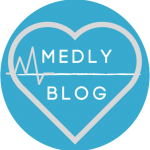In the third of a three-part interview series with Dean of Hull York Medical School Professor Una Macleod, MB BS students Chaitra Dinesh, Vassili Crispi, and Alexandra Abel speak to Una about her time as a medical student and junior doctor, and advice she would give to her younger self.
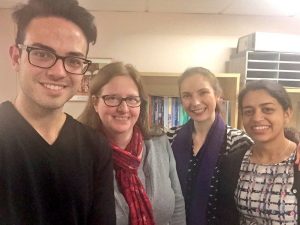 Could you tell us a bit about your experience of medical training?
Could you tell us a bit about your experience of medical training?
I went to Glasgow to study medicine and didn’t leave until I came here just over six years ago – which is very typical of Glasgow medics! I liked being a doctor more than being a medical student; there’s so much uncertainty in being a student, and so many things to tick off. (We know the feeling! – Ed)
We didn’t get any of the communication skills teaching you guys get; we got lots of very adversarial bedside teaching, consisting of students round a bed with a consultant, picking on the weakest – it’s quite hard to learn if you’re afraid they’re going to pounce on you next! They weren’t all like that, though; we had some wonderful teaching as well. There would be six of us in a group, and every morning one of us would take a history, but doing it in front of lots of people is not the same – it’s hard to blank out other people. Once you get into a room and it’s just you and the patient talking to each other, that’s what being a doctor is about – and I think the fact that Hull York Medecial School students get to do much more of that makes them much better prepared for real practice. That’s the core thing: if you enjoy that interaction, you’ll be fine.
Did you have any doctors or teachers who were role models for you?
Yes, and it was about the way they viewed patients: how they were very patient-centred, and how they communicated. On several occasions as a young doctor I worked with people who were phenomenal clinicians, but it was the way they interacted with patients that made them stand out.
You chose to go into primary care; is that something you considered during medical school?
Medicine in those days was a very traditional course. The courses across the country were all more similar than they are now. We had a very clear pre-clinical period, and spent hours and hours in anatomy labs in first and second year. The vast majority of students at medical school did a lot of dissection and I’m actually still friends with two people from my dissection table! Then there was a clear mark at the beginning of third year into clinical years. We didn’t do much general practice – I think there were some visits in fourth year – so I’m not sure how students would have been enticed into it because we saw so little.
I did a year of oncology as an SHO and I thought I might like to do that, so did hospital medicine for a while. But I ultimately decided to train in general practice instead. I spent three years doing my PhD with one day a week in general practice, and when my PhD finished I got a half-time post in the academic department of general practice in Glasgow, and also became a half-time partner in a general practice. I did that for 12 years and then saw the advertisement for a Chair in Primary Care here. I thought, ‘Well, I’ve done two half-time jobs for a long time; maybe I should try one full time job to see if it’s less busy.’ That was a very foolish thought – I’ve never worked so hard in my life!
What advice would you give to your younger self?
To not be so serious! I was a very serious 18-year-old and that’s probably why I didn’t enjoy being a student as much as being a doctor. I laugh and say I was born 40, so becoming 40 was just me reaching my natural age – hopefully I’ll feel 40 for the rest of my life!
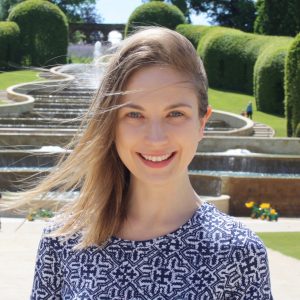
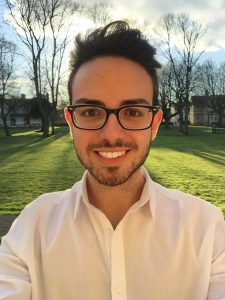
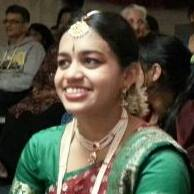 Professor Una Macleod was interviewed by Alexandra Abel, Vassili Crispi, and Chaitra Dinesh.
Professor Una Macleod was interviewed by Alexandra Abel, Vassili Crispi, and Chaitra Dinesh.
